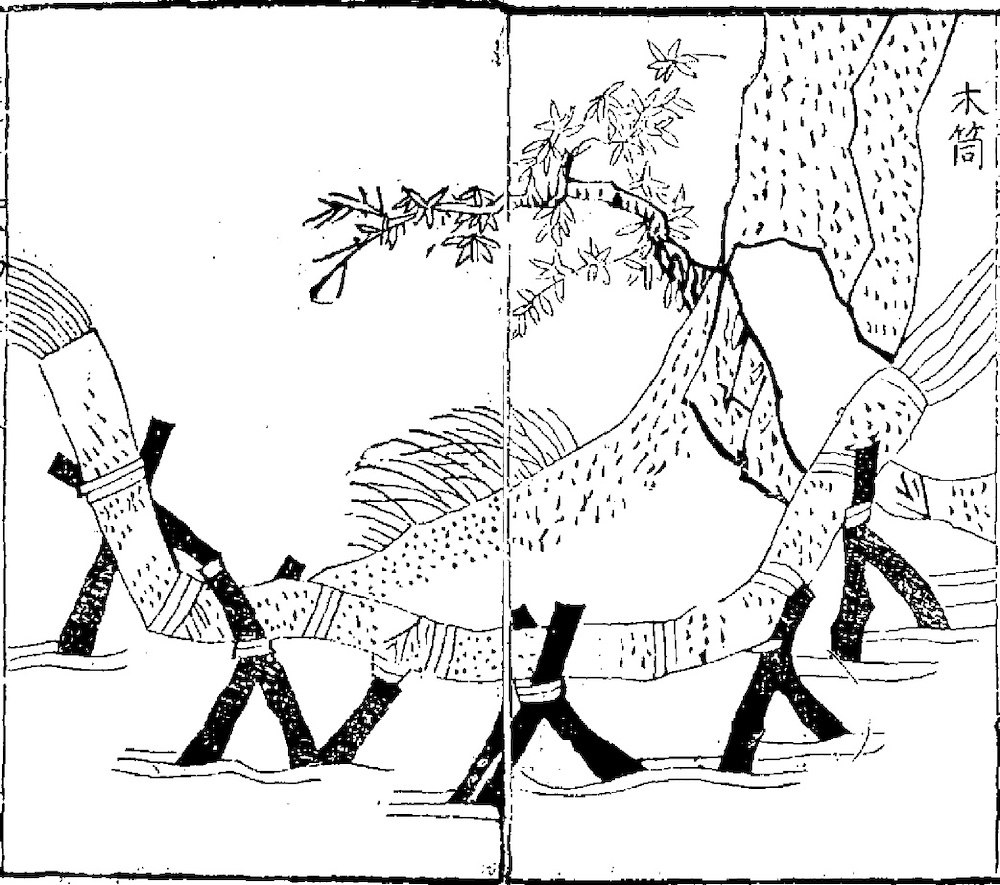Quannongshu 勸農書, also called Baodi quannong shu 寶坻勸農書, is a book for the "encouragement of farming" written during the late Ming period 明 (1368-1644) by Yuan Huang 袁黄 (1533-1606), courtesy name Kunyi 坤儀, style Liaofan 了凡. He is known for his educational treatise Liaofan sixun 了凡四訓 "Liaofan's four instructions".
Yuan Huang hailed from Jiashan 嘉善, Zhejiang, and obtained the jinshi degree in 1616. His first office was district magistrate (zhixian 知縣) of Baodi 寶坻 north of present-day Tianjin 天津, for which reason his agricultural book is also known with the place name. In later years, Yuan was xxx 兵部職方司主事. He had acquired basic knowledge in medicine, astronomy, divination, and hydrology – a topic, on which he wrote the essay Huangdu shuili 皇都水利. In a "ledger of merits" (gongguoge 功過格), he listed good and bad achievements which he published in his essay Limingbian 立命編 that is highly influenced by Neo-Confucian thought. Other writings of Yuan are Liaofan zazhu jiu zhong 了凡雜著九種, Xu zhu badai wenzong 許注八代文宗, Yuan Liaofan gangjian 袁了凡綱鑒, and the collected writings Lianghangzhai ji 兩行齋集.
The agricultural treatise was finished in 1591. It is found in Liaofan zazhu jiu zhong from 1605 and Yu Sen’s 俞森 (fl. 1817) series Nongzheng congshu 農政叢書.
It prescribes in detail what particular agricultural activities farmers had to carry out throughout the year. The text is divided into eight chapters. Most parts of the text just quote from older books on agriculture, but then and when, the author adds information on the particular situation of Baodi, and admits that it was not necessary to adopt the old-fashioned well-field model (jingtian 井田) of antiquity. It was apparently still extant in the region of Zhengzhou 鄭州, Henan and in regions with an open landscape and low population density. The chapter on field systems (Tianzhi 田制) presents images of five field types, namely the well field, compartment field (qutian 區田), embanked field (weitian 圍田), coastal field (tutian 塗田), and sandy field (shatian 沙田) systems. Concerning the type of soil (ch. Dili 地利), Yuan explained that high fields were appropriate for wheat, cotton, and hemp, and lowland fields for rice and cockspur millet (bai 稗). Salty fields could be used for millet as well.
 |
xxx |
The chapter on manure (Feirang 糞壤) mentions different methods of fertilization, like the treading method (tafen fa 踏糞法), the jar method (yaofen fa 窑糞法), the steaming method (zhengfen fa 蒸糞法), the fermentation method (niangfen fa 釀糞法), the cooking method (weifen fa 煨糞法), and the boiling method (zhufen fa 煮糞法). Whether the manure had to be brought into the soil or just to distributed on the surface depended on the root system of the particular crop.
The chapter on irrigation (Guangai 灌溉) mentions a wide range of dams, sluices, wheels and vessels to water fields. Many of them are shown in illustrations, like the large water barrier (da shuizha 大水栅), sluices (shuizha 水閘), narrow in-field reservoirs (beitang 陂塘), large reservoirs (shuitang 水塘), treading water wheels (fanche 翻車), water-moved wheels (shuizhuan fanche 水轉翻車), oxen-moved mills (niuyi shuiche 牛曳水車), wheels with water kegs (tongche 筒車), wooden pipelines (mutong 木筒), elevated gutters (jiacao 架槽), bailing buckets (hudou 戽斗), and large lifting wheels (gaoche 高車).
| 1 | 天時 | Time and weather |
| 2 | 地利 | The soil |
| 3 | 田制 | Field systems |
| 4 | 播種 | Sowing |
| 5 | 耕治 | Ploughing |
| 6 | 灌溉 | Irrigation |
| 7 | 糞壤 | Manure and fertilization |
| 8 | 占驗 | Prognostication |